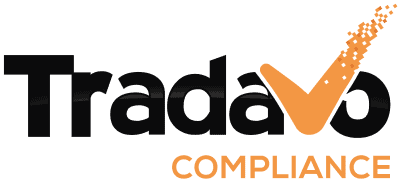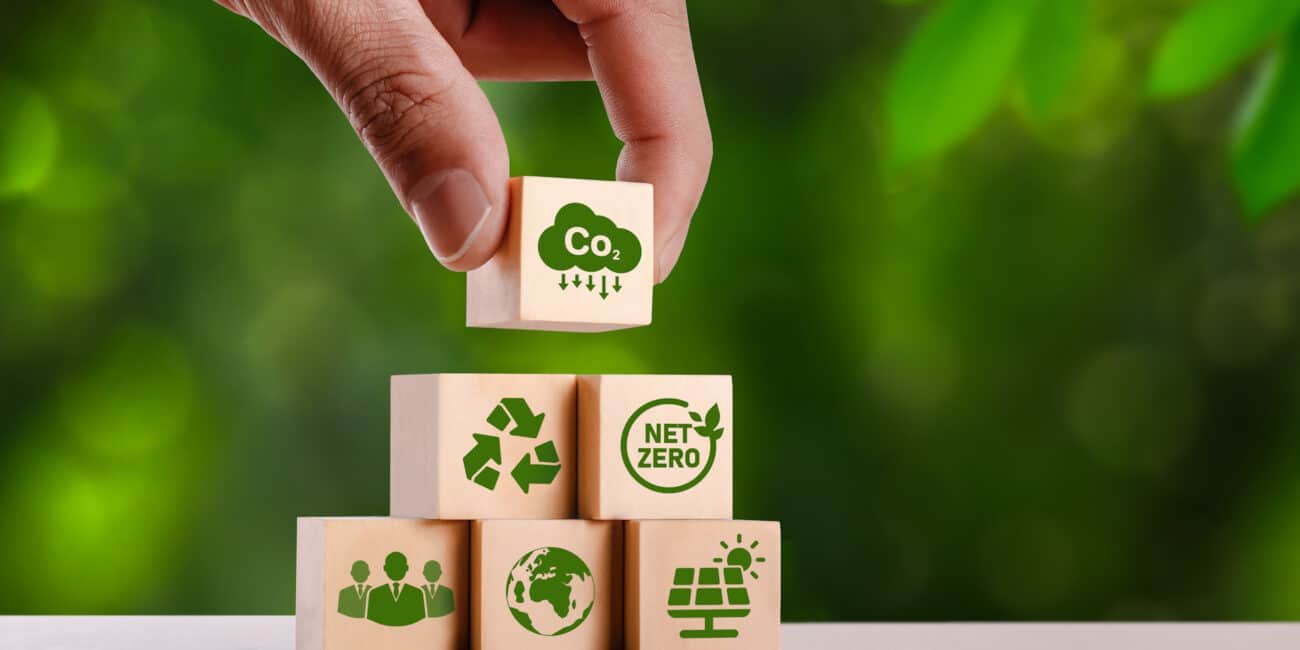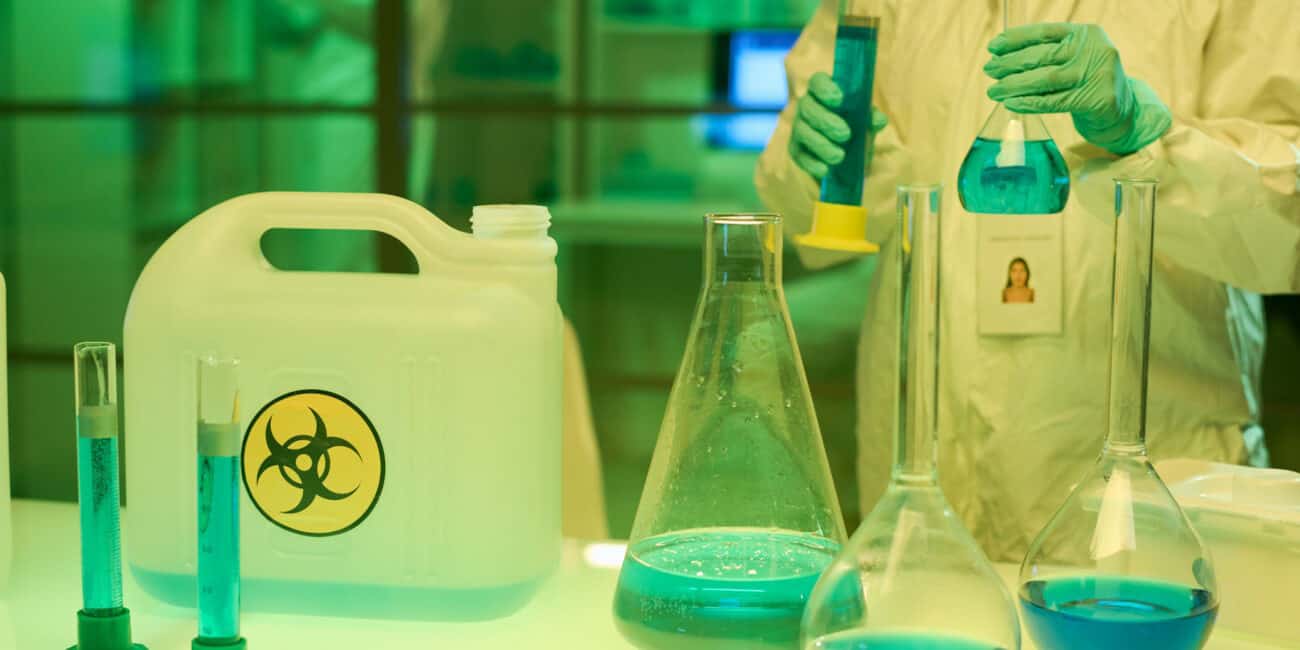EU Textile Labeling Regulation - An Overview
Want to get started selling textile products as an Amazon seller? Then you’ve come to the right place. In this article, we will not only explain the essential facts about the EU Textile Labeling Regulation, the products it covers, and their labeling but also introduce you to the most well-known certifications and seals for textiles.
What is the Textile Labeling Regulation, and what does it regulate?
In the rest of this article, we will refer to the Textile Labeling Regulation as TextileLR for short. Among other things, it contains regulations on the correct designation, marking, and labeling of textile fibers and products and determining fiber composition by analysis. It is intended to help the consumer to obtain sufficient information about the textile products on offer and, above all, about their quality and textile composition.

How are textile products labeled?
Labeling is usually done by attaching a label, sewing, embroidering, or embossing. The labeling must be applied directly to the textile product, but how exactly is irrelevant. The labeling must be applied directly to the textile product, but how exactly is irrelevant. For the end customer, the fiber composition must be permanent, easily readable, accessible, and visible. In addition, the labeling must be in the state’s official language where the product is sold.
For some products, so-called “global labeling” is also sufficient. In this case, each product does not have to be labeled individually, but one label, e.g., on the packaging, is adequate. A final list of the relevant products can be found in Annex VI of the EU Regulation, including cleaning cloths, doilies, and handkerchiefs.
Who is obliged to label the products?
Primarily, the person who makes the product available on the European market for the first time is obliged to label it. Attention: If you as a retailer put a textile product on the market under your name, for example, you attach your label, or you change the existing label, then you are considered to be the manufacturer – with the associated obligations!
Even if you do not change the label and only resell the textile products, you must ensure that the products comply with the provisions of the regulation. If you notice that this is not the case, for example, if the label is missing or in the wrong language, then it is your responsibility to make up the correct labeling.
Manufacturers and importers must keep documentation on the fiber composition for at least two years. If you distribute the goods as a trader, you must keep the documents for as long as you make your products available on the market.
Which products are covered by the Textile Labeling Regulation and which are not?
All products made of 100% textile fiber must be labeled. This obligation applies when a product is made available on the European domestic market – i.e., for distribution, consumption, or use. The regulation also applies to products containing at least 80% textile fiber by weight, such as shirts and blouses with buttons that are not textile.
As with any regulation, there are exceptions to the TextileLR. For reasons of space, only a small selection can be presented here. In Annex V of the regulation, you can find all articles not covered by the TextileLR.
- Tailor-made products are made to order by a tailor
- Toys made of fabric
- Textile parts of footwear
- Textile products are used mainly for protection and safety (bulletproof vests, life jackets, particular protective suits…)
- Textile products for animals
- Flags and banners
What kind of certifications and seals are there for textiles?
Oekotex
Standard 100 by Oeko-Tex is one of the best-known labels for textiles. Testing is conducted on fabrics to ensure they are free of harmful substances and do not pose a health risk. The test criteria are uniform worldwide and are controlled by independent testing institutes.
Fairtrade
Fairtrade, as the name suggests, is about fair trade. Therefore, the Fairtrade product seal for textile production pays particular attention to the fact that the product comes from a fair supply chain in which all participants are remunerated fairly. In addition, the entire supply chain must be certified according to the Fairtrade textile standard.

GOTS
GOTS stands for Global Organic Textile Standard. The entire manufacturing chain must be GOTS certified for a product to carry this seal. In addition, the product must be made of at least 70% organically produced natural fibers. Substances such as formaldehyde, which can harm the environment and health, must not be contained in the textiles. However, GOTS pays attention to health compatibility and the protection of the workers who manufacture the products. Companies are inspected annually by approved certifiers – announced but also unannounced.
EU Ecolabel
All EU member states recognize the EU Ecolabel. It is awarded to those products that are more environmentally friendly and healthier than others. The focus is on, among other things, low use of chemicals, waste avoidance through recycling, and climate-friendly production, for example, by saving water and energy consumption. The products are randomly inspected every year. In contrast to seals such as GOTS or Fairtrade, the social aspect of production is not comprehensively considered in the EU Ecolabel.
OCS (100 / Blended)
OCS stands for Organic Content Standard. This seal checks whether a product contains the specified amount of a particular material, i.e., whether the labeling is accurate. However, the check only relates to the proportion of organic materials in textiles; social aspects or compliance with environmental standards in production are not checked.
The Amazon Climate Pledge Friendly Program
Amazon has introduced an in-house program for more sustainability and environmental protection with the Climate Pledge Friendly and the associated “Compact by Design” certification. For a product to be sold as Climate Pledge Friendly, it must have either Compact by Design certification or a third-party certification such as the Fairtrade seal. There is no cost to you as an Amazon seller to apply for product qualification.
That was essential information about the EU Textile Labeling Regulation and how relevant its provisions are for you as an Amazon seller.
You are planning to sell a product on Amazon. But with all the different European and national regulations, can’t you see the forest for the trees? Don’t worry – we at Tradavo are here to help you sell your products across Europe without any risk. So get your consultation now – free of charge and without obligation.
You need assistance?
Who wrote this article?
As an author, Christina fills the blog section of our website with exciting and informative articles, so that our readers can always take care of product compliance in their company in the most well-informed way.




